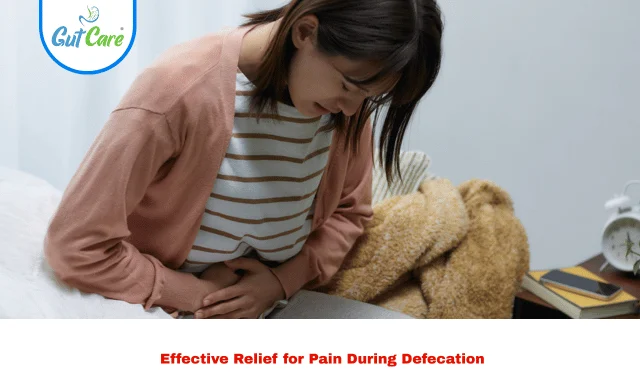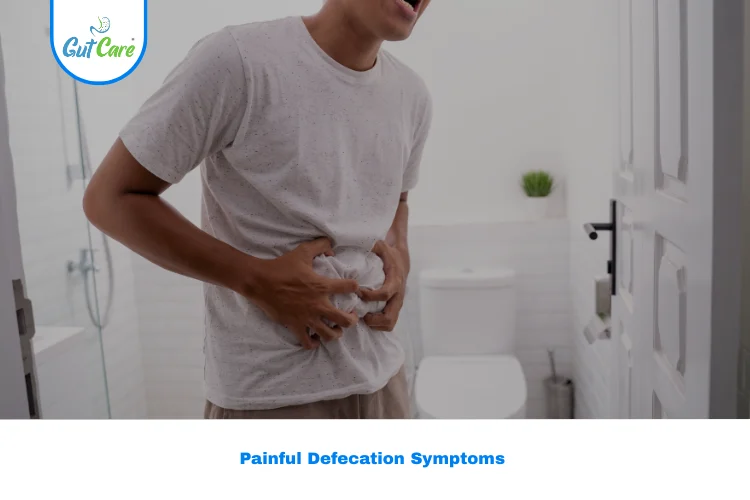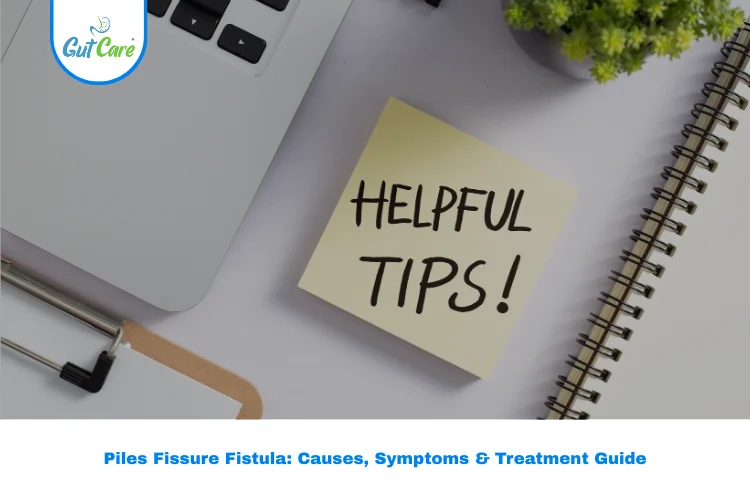Introduction: Why You’re Here Matters
Let’s face it—anal fissures are painful, frustrating, and often embarrassing to talk about. But if you’re dealing with one right now, your top question is probably: “How do I heal this quickly and naturally, without going through surgery?” You’re not alone.
The good news? Many anal fissures can be healed at home by making the right lifestyle changes. If you’re already familiar with what a fissure is and what causes it (check our previous blog if not), this guide will take you one step further: into proven strategies that support healing—naturally, safely, and effectively.
Let’s explore how you can support your body and promote healing with daily habits and thoughtful care.
1. Hydrate to Soften Stools and Reduce Strain
One of the quickest ways to start healing a fissure is to keep your stools soft and effortless to pass. That begins with fluids.
When you don’t get enough water, your stools dry up and harden, and straining on the toilet becomes more likely—one of the main causes that make fissures worse. By being well-hydrated, you can cut down on irritation and promote normal tissue healing.
What to do:
- Drink 2–3 litres of water per day
- Add hydration-rich foods such as cucumbers, watermelon, and soups
- Stay away from too much caffeine and alcohol, which can dehydrate
2. Focus on a High-Fiber Diet
A low-fiber diet is the single biggest cause of constipation and hard stools, which slow the healing of a fissure. Adopting a high-fiber diet can greatly soften bowel movements and decrease defecation tearing.
Good fiber options:
- Cooked veggies (gentler on the digestive system than raw)
- Whole grains such as oats, quinoa, and brown rice
- Soaked dried fruits such as prunes, figs, and raisins
- Psyllium husk or flaxseed pills (if required)
Increase fiber gradually and accompany it with sufficient water intake to prevent bloating.
3. Develop Healthy Bowel Habits
One of the lesser-known keys to healing a fissure fast is improving how you use the toilet. Ignoring bowel urges, sitting too long, or straining can all prevent healing.
Tips for bowel-friendly habits:
- Respond to bowel urges without delay
- Avoid straining—let gravity and gentle pushing do the work
- Consider using a footstool to elevate your feet while on the toilet, which helps align the rectum for easier passage
- Never spend more than 5–10 minutes on the toilet
4. Use Warm Sitz Baths Regularly
A sitz bath is a shallow bath where only your hips and buttocks are submerged in warm water. This simple remedy boosts blood flow to the anal region, helps relax the anal sphincter, and soothes inflammation.It’s a well-known natural method among those learning how to heal a fissure fast at home.
How to do it:
- Use a clean tub or a special sitz bath basin
- Soak in warm water (not hot) for 15–20 minutes
- Repeat 2–3 times a day, especially after bowel movements
This routine can speed up healing and provide significant pain relief.
5. Avoid Harsh Cleaning Products or Over-Wiping
It is crucial to clean the area, but aggressive wiping or the use of harsh products may do more harm than good. Excessive drying with toilet paper can additionally disturb the sensitive skin surrounding the fissure.
Better alternatives include:
- Rinsing with lukewarm water after every bowel movement
- Using soft, unscented toilet paper
- Patting gently dry rather than rubbing
6. Apply Soothing Ointments (If Advised)
Topical creams—prescription or over-the-counter—may alleviate pain, ease muscle tension, and accelerate healing. But not all creams are for everyone, so consult your physician before using.. This can complement other efforts if you’re serious about how to heal a fissure fast without invasive options.
Some common treatment options include:
- Nitrate ointments (to decrease sphincter pressure)
- Lidocaine (to numb and also for pain relief)
- Natural healing balms (such as aloe vera or coconut oil) as complementary treatment
7. Get Enough Rest and Manage Stress
Stress affects more than your mental health—it impacts your digestive system too. Chronic stress can lead to constipation or diarrhea, both of which are harmful during fissure healing. Additionally, inadequate sleep delays tissue repair.
Lifestyle suggestions:
- Get 7–8 hours of sleep each night
- Practice stress reduction techniques like deep breathing or gentle yoga
- Avoid overexertion or prolonged sitting
Healing is not just physical—it’s a whole-body process.
Understand Healing Timelines and Progress
So, how to heal a fissure fast depends on consistent care.
In most cases, acute fissures can heal in 1 to 2 weeks with proper care. Chronic fissures (lasting more than 6 weeks) may require medical treatments, but even then, lifestyle changes play a crucial role in avoiding surgery.
Signs That Your Fissure Is Healing
Recognizing these signs can give you reassurance that your efforts are paying off:
- Less pain during and after bowel movements
- Decreased bleeding or spotting
- Reduction in itching or burning sensations
- Softer and more regular bowel movements
- Less visible tear or inflammation around the anal opening
If symptoms worsen or persist despite consistent care, it may be time to consult a colorectal specialist.
Conclusion: Lifestyle Is the First Step Toward Healing
If you’re looking for how to heal a fissure fast, remember: it starts with daily choices. While surgical options exist for chronic fissures, the truth is that many fissures can heal naturally when supported by smart daily habits. Focus on hydration, diet, bathroom habits, and stress management—and be patient with your body.
If you’re not seeing improvement in two to three weeks, don’t ignore it. At GutCare Clinics, we specialize in non-surgical, minimally invasive treatments for anal fissures with a personalized approach.
FAQS
1. Can an anal fissure heal on its own without surgery?
Yes. Most acute anal fissures can heal naturally within 1–2 weeks with proper lifestyle changes like increasing fiber intake, staying hydrated, avoiding straining during bowel movements, and taking sitz baths.
2. What foods help heal fissures quickly?
Fiber-rich foods such as leafy greens, whole grains, fruits (like papaya and prunes), and plenty of fluids help soften stools and prevent irritation to the fissure area.
3. How do I know if my fissure is healing?
Reduced pain during bowel movements, less bleeding, and relief from itching or discomfort are signs that the fissure is healing. Consistent improvement over a few days is a positive indicator.
4. What should I avoid during fissure recovery?
Avoid spicy foods, low-fiber diets, constipation, excessive wiping, and sitting too long on the toilet. These can delay healing or worsen the tear.
5. When should I see a doctor for a fissure?
If the fissure persists beyond two weeks, becomes chronic, or causes severe pain and bleeding, consult a colorectal specialist. Early medical intervention may prevent complication




